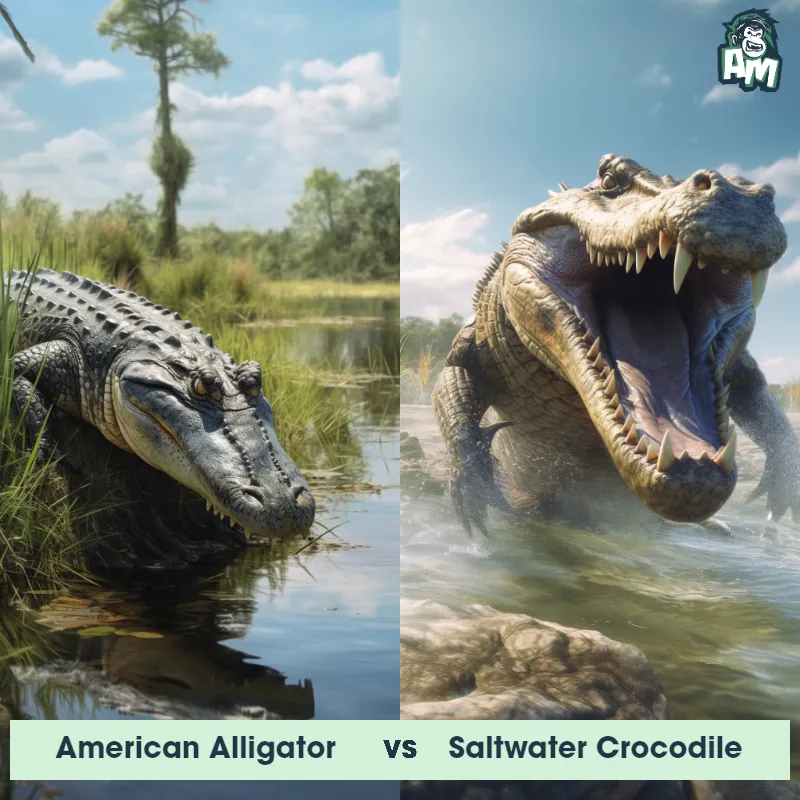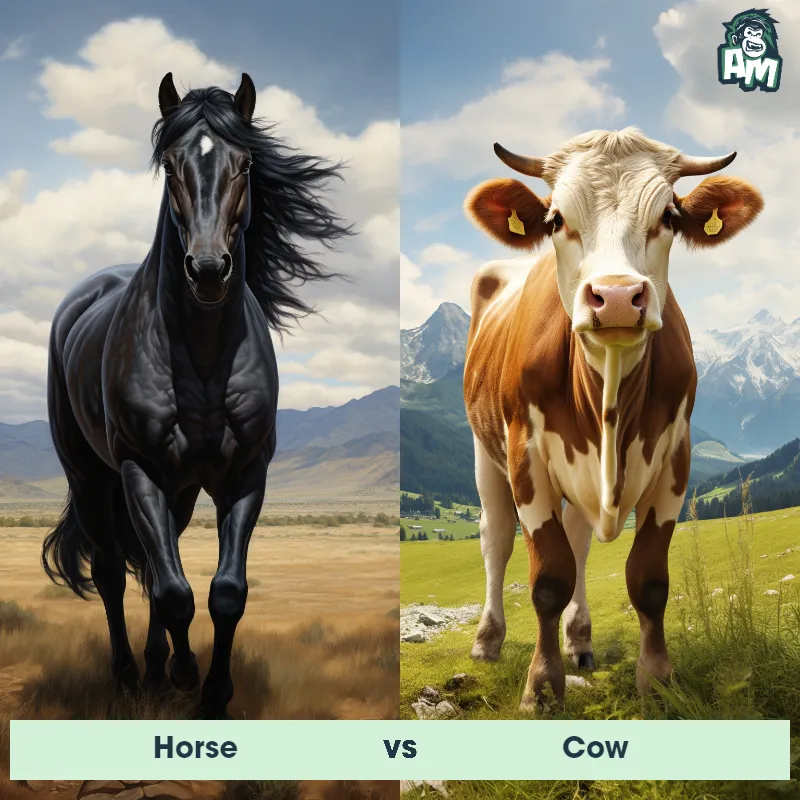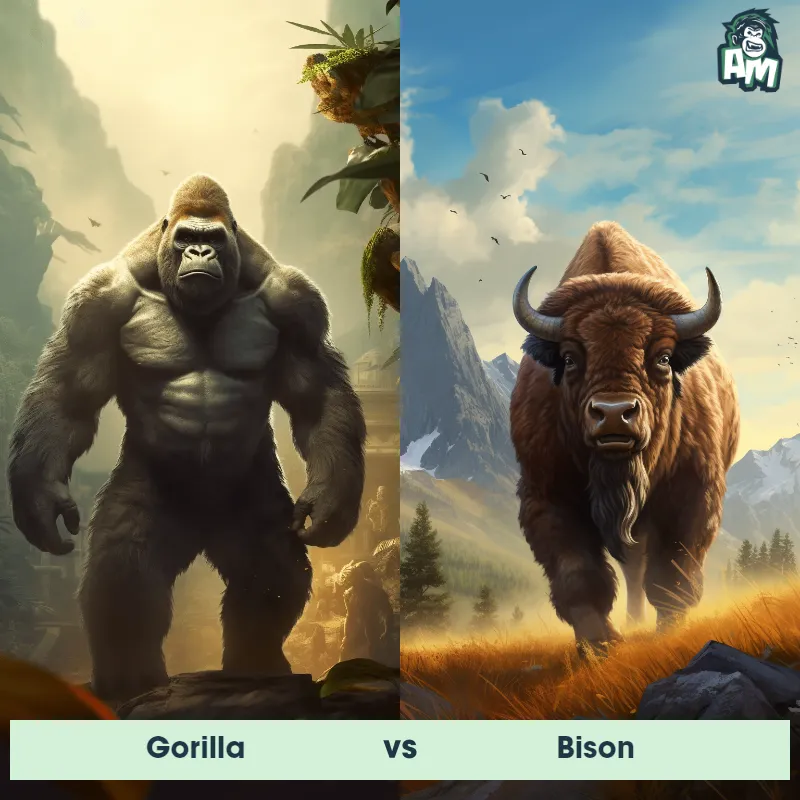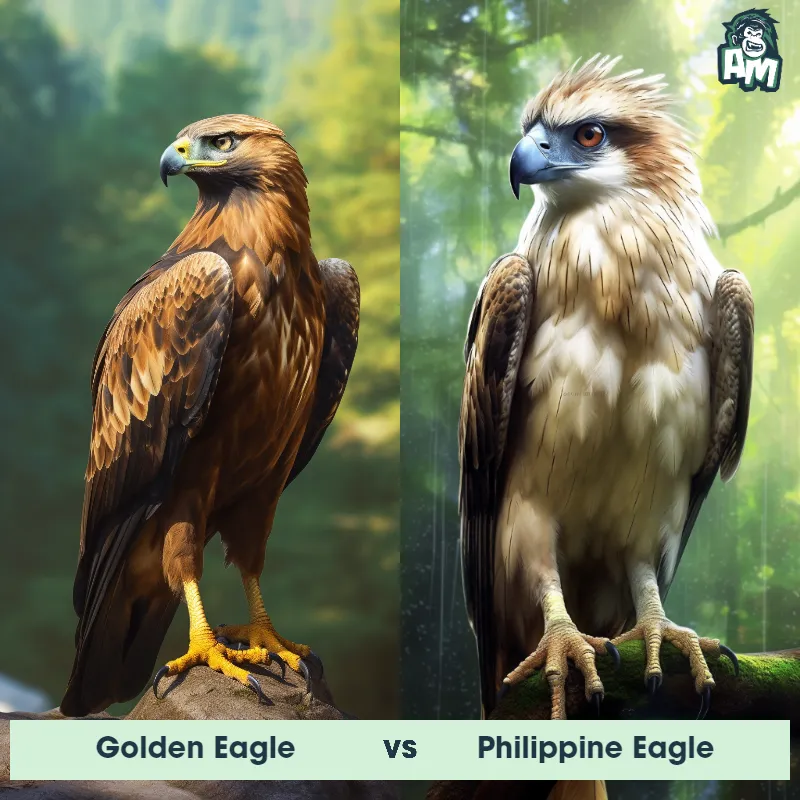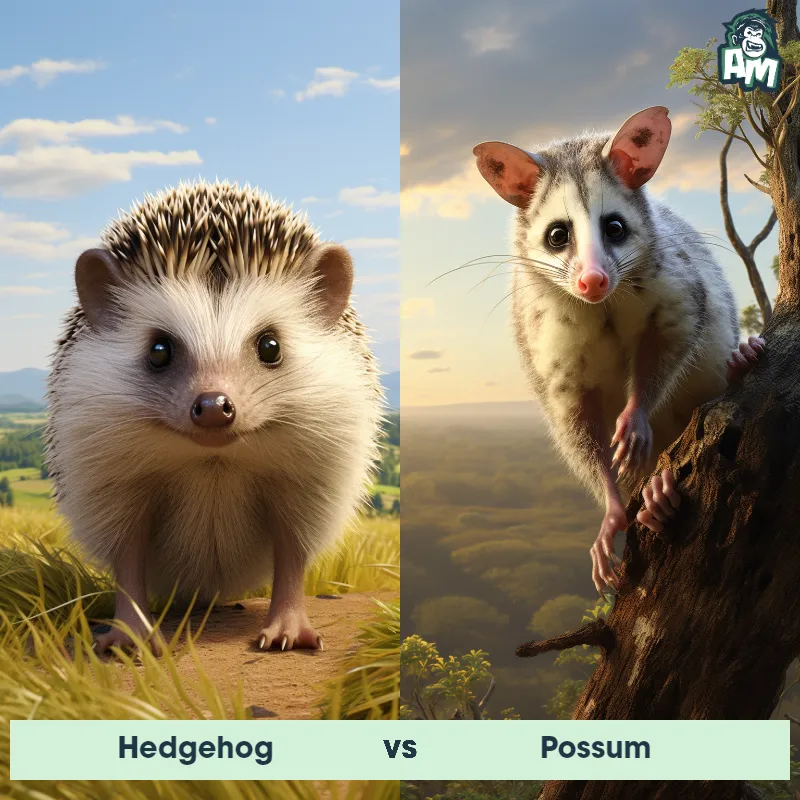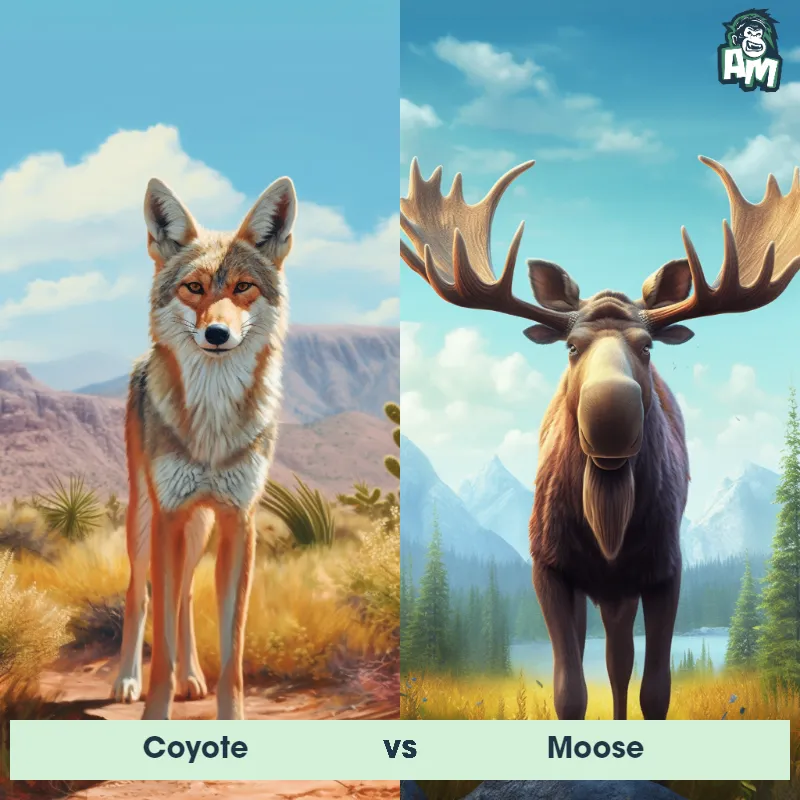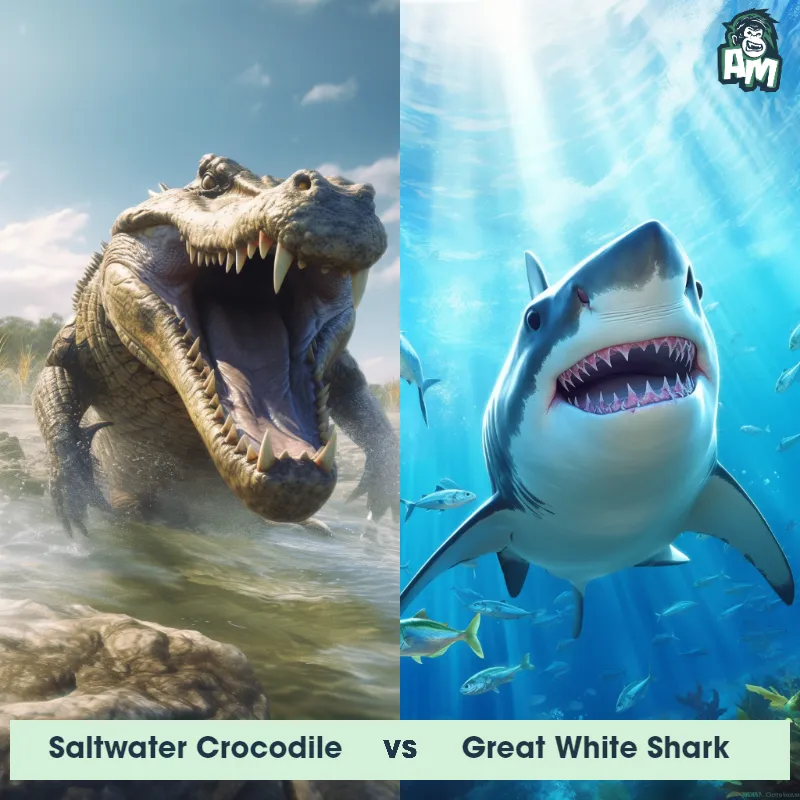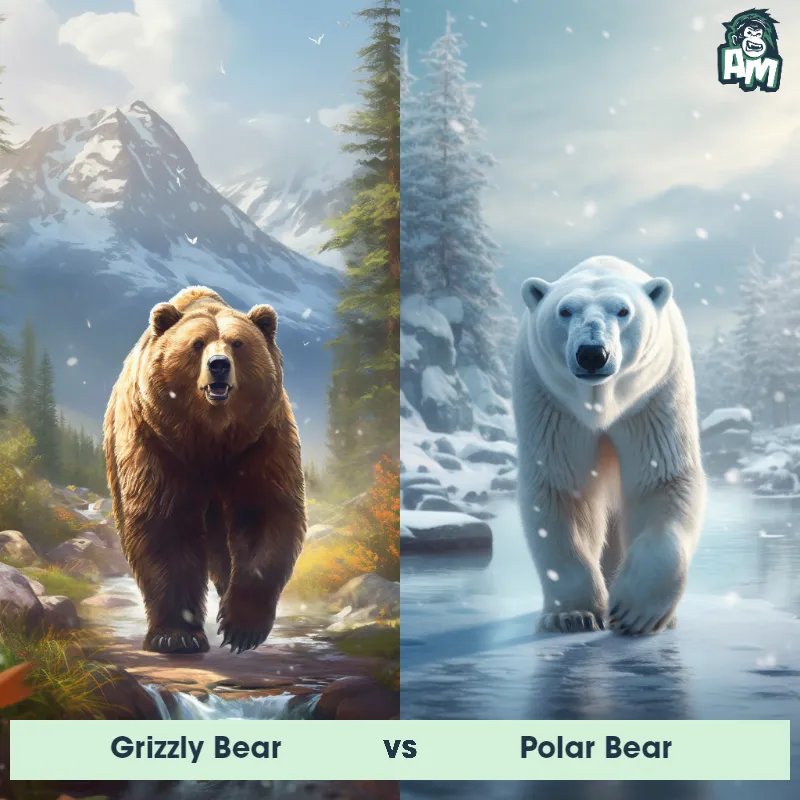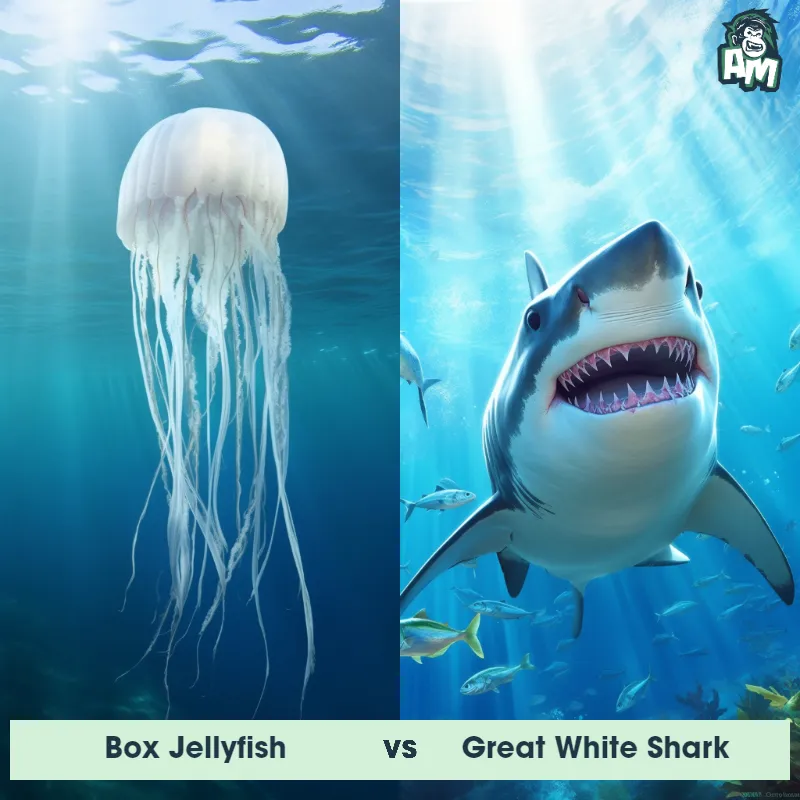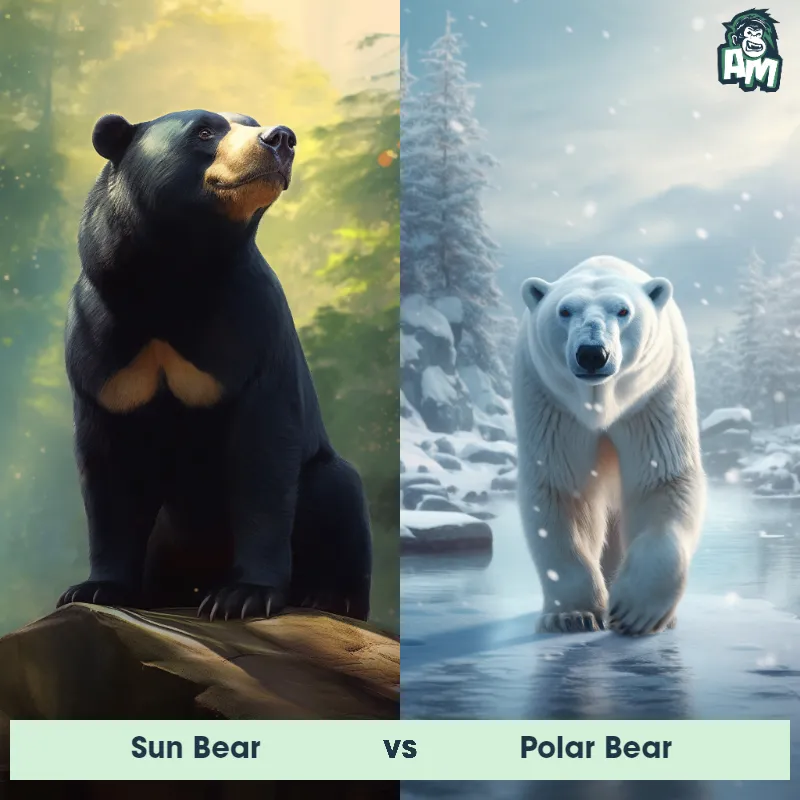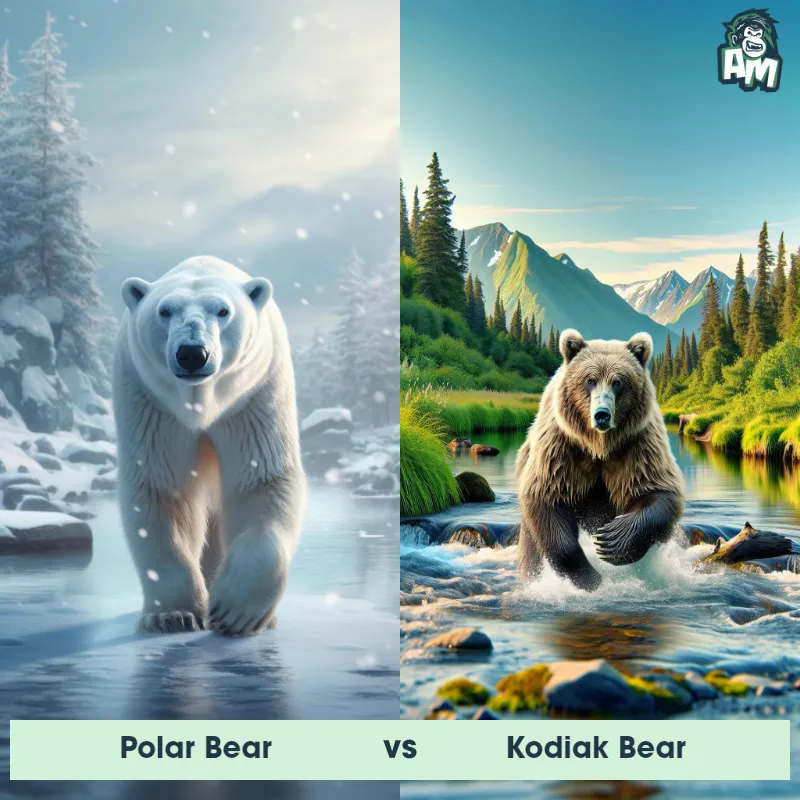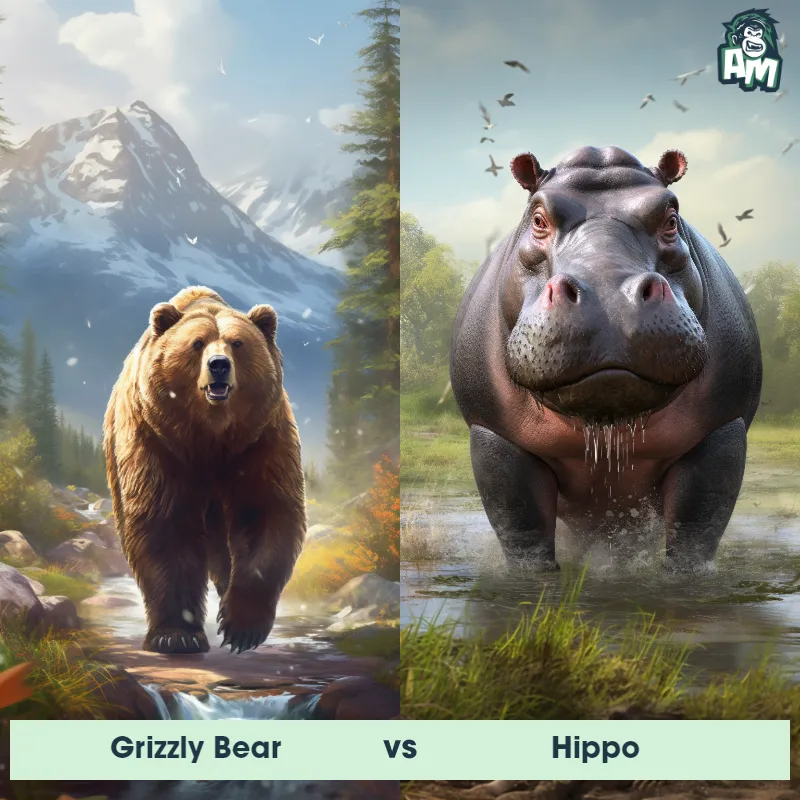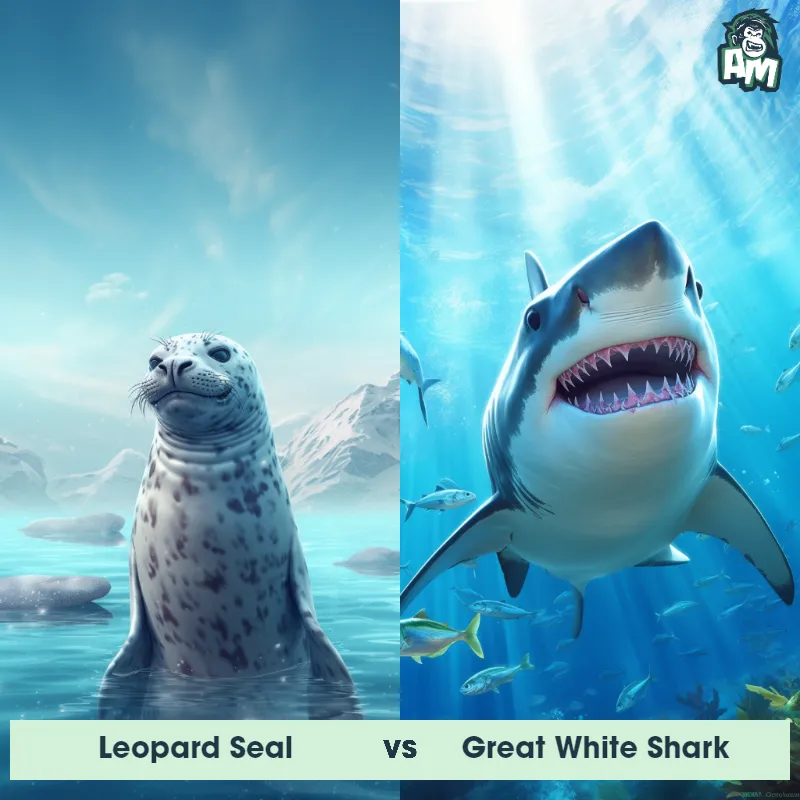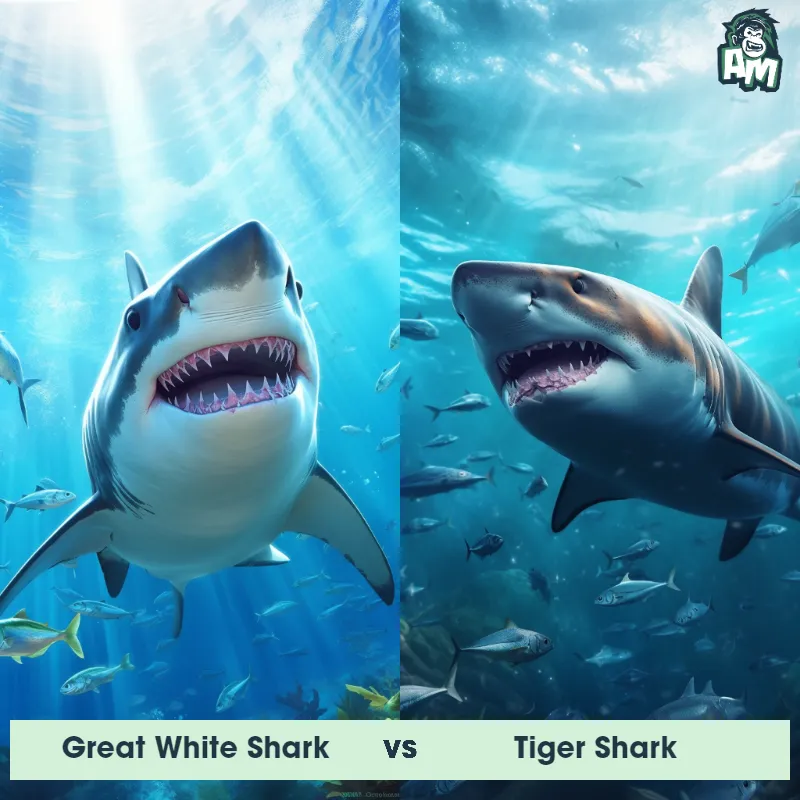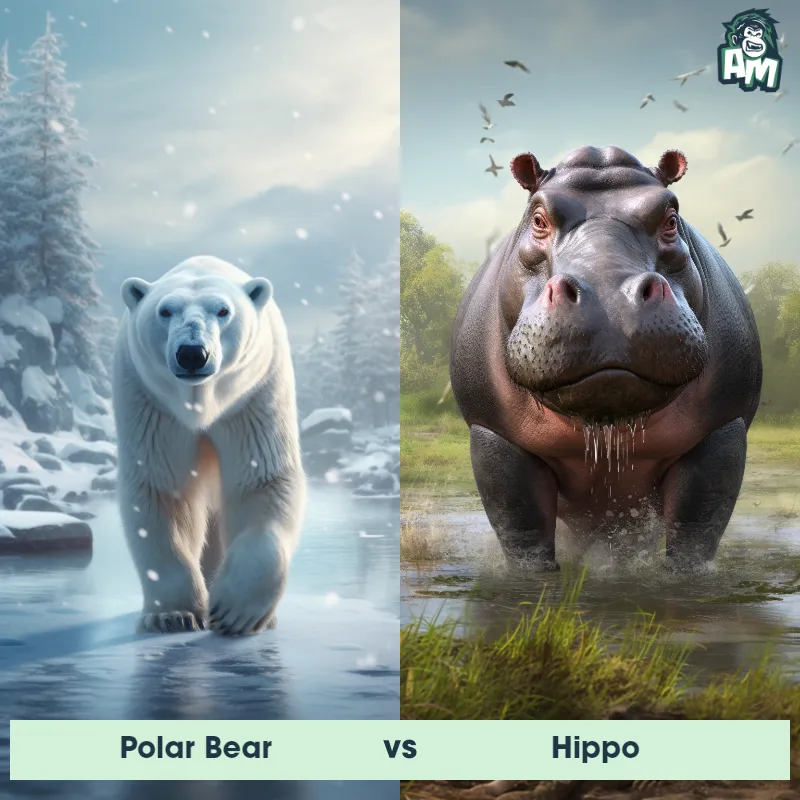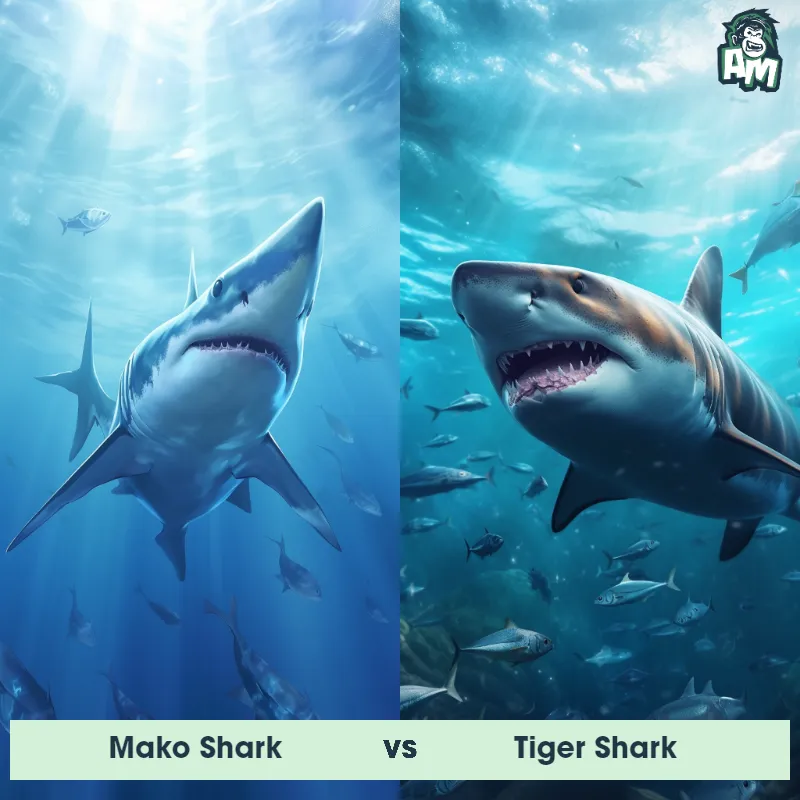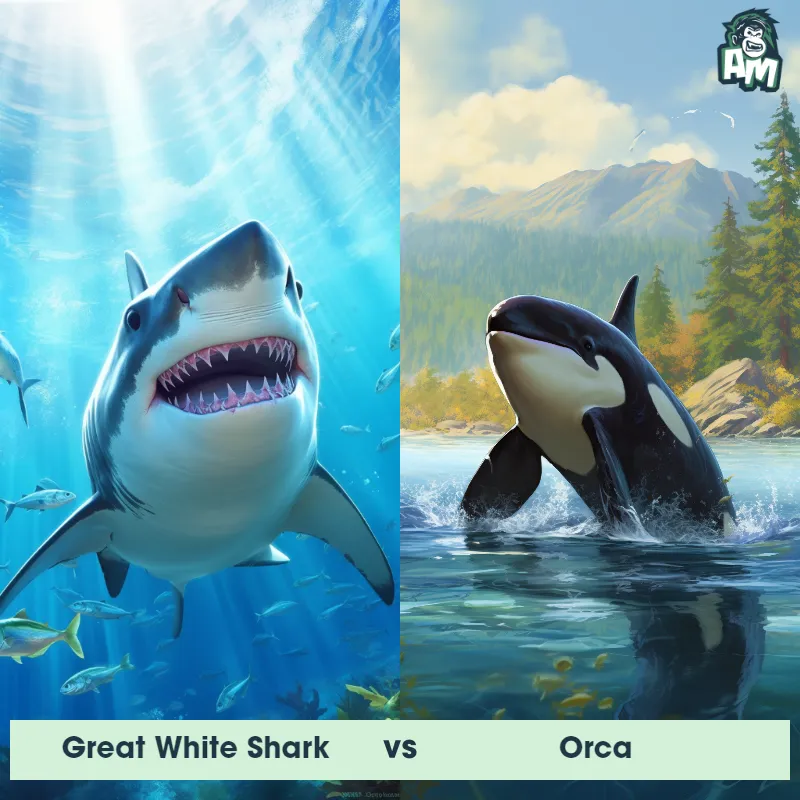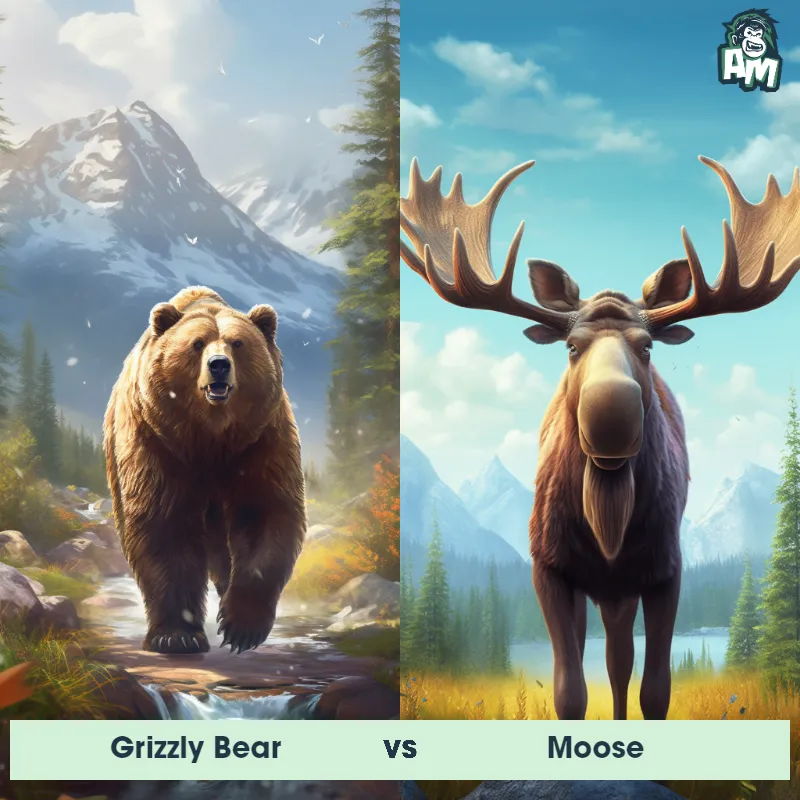Polar Bear vs Great White SharkSee Who Wins

Ladies and gentlemen, prepare yourselves for an incredible showdown between two apex predators of their respective domains: the mighty Polar Bear and the fearsome Great White Shark. This epic 3-round battle will test their strength, agility, and tenacity. Let's dive into the action and see who will emerge victorious!
Contender 1: Polar Bear
The Polar Bear, also known as the Ursus maritimus, is a large carnivorous mammal that inhabits the Arctic region. They have a thick white fur coat that helps them blend in with their snowy surroundings, and their large paws are equipped with sharp claws that allow them to grip onto ice and catch prey. Polar Bears are excellent swimmers and can swim for long distances in search of food. They are also known for their incredible sense of smell, which they use to detect prey from miles away.
![[object Object] Gif](https://tenor.com/view/fight-mission-critical-nat-geo-wild-scuffle-brawl-gif-20524033.gif)
Fun Fact: Polar Bears have a layer of fat that can be up to 4.5 inches thick, which helps them stay warm in the frigid Arctic temperatures.
Contender 2: Great White Shark
The Great White Shark, also known as the white pointer or white death, is a large predatory fish that can grow up to 20 feet in length and weigh over 5,000 pounds. They have a distinctive torpedo-shaped body, grayish-brown skin, and rows of sharp teeth that can number up to 300. Great White Sharks are found in coastal waters all over the world and are known for their powerful jaws and ability to breach the surface of the water.
Fun Fact: Great White Sharks have a unique sense of smell that allows them to detect a single drop of blood in 25 gallons of water, which is equivalent to the size of an Olympic swimming pool.
Matchup Stats
| Polar Bear | Great White Shark | |
|---|---|---|
| Size | 8-10 feet (2.4-3 meters) | Up to 20 feet (6.1 meters) |
| Weight | 900-1,600 pounds (408-725 kilograms) | Over 5,000 pounds (2,268 kilograms) |
| Speed | Speed: 25 mph (40 km/hr) | Speed: 25 mph (40 km/hr) |
| Key Strength | Powerful jaws and sharp claws | Powerful jaws and sharp teeth |
| Biggest Weakness | Slow movement on land | Vulnerable gills and eyes |
Current Votes
Polar Bear vs Great White Shark
See Who Wins
View More Matches
Looking For More?
Similar Matches
Scientific Stats
| Polar Bear | Great White Shark | |
|---|---|---|
| Scientific Name | Ursus maritimus | Carcharodon carcharias |
| Family | Ursidae | Lamnidae |
| Habitat | Arctic region | Coastal waters |
| Geography | Arctic Circle | Worldwide |
| Diet | Carnivorous, primarily seals | Carnivorous, primarily seals and sea lions |
| Lifespan | 20 years - 30 years | 70 years - 100 years |
Key Differences between Polar Bear and Great White Shark
- Skin color: Polar bears have white fur that helps them blend in with their snowy environment, while great white sharks have a grayish-blue coloration on their back and white on their belly.
- Appendages: Polar bears have large, powerful paws with sharp claws that are adapted for walking on ice and hunting prey, while great white sharks have five to seven gill slits on the sides of their head and five to six rows of sharp teeth.
- Size: Polar bears are much larger than great white sharks, with adult males weighing up to 1,500 pounds and measuring up to 10 feet in length, while great white sharks typically weigh between 1,500 and 2,400 pounds and can grow up to 20 feet in length.
- Habitat: Polar bears live in the Arctic region, while great white sharks are found in oceans around the world, typically in temperate and tropical waters.
- Body shape: Polar bears have a stocky, rounded body shape with short legs and a long neck, while great white sharks have a streamlined, torpedo-shaped body with a pointed snout and long, powerful tail.



